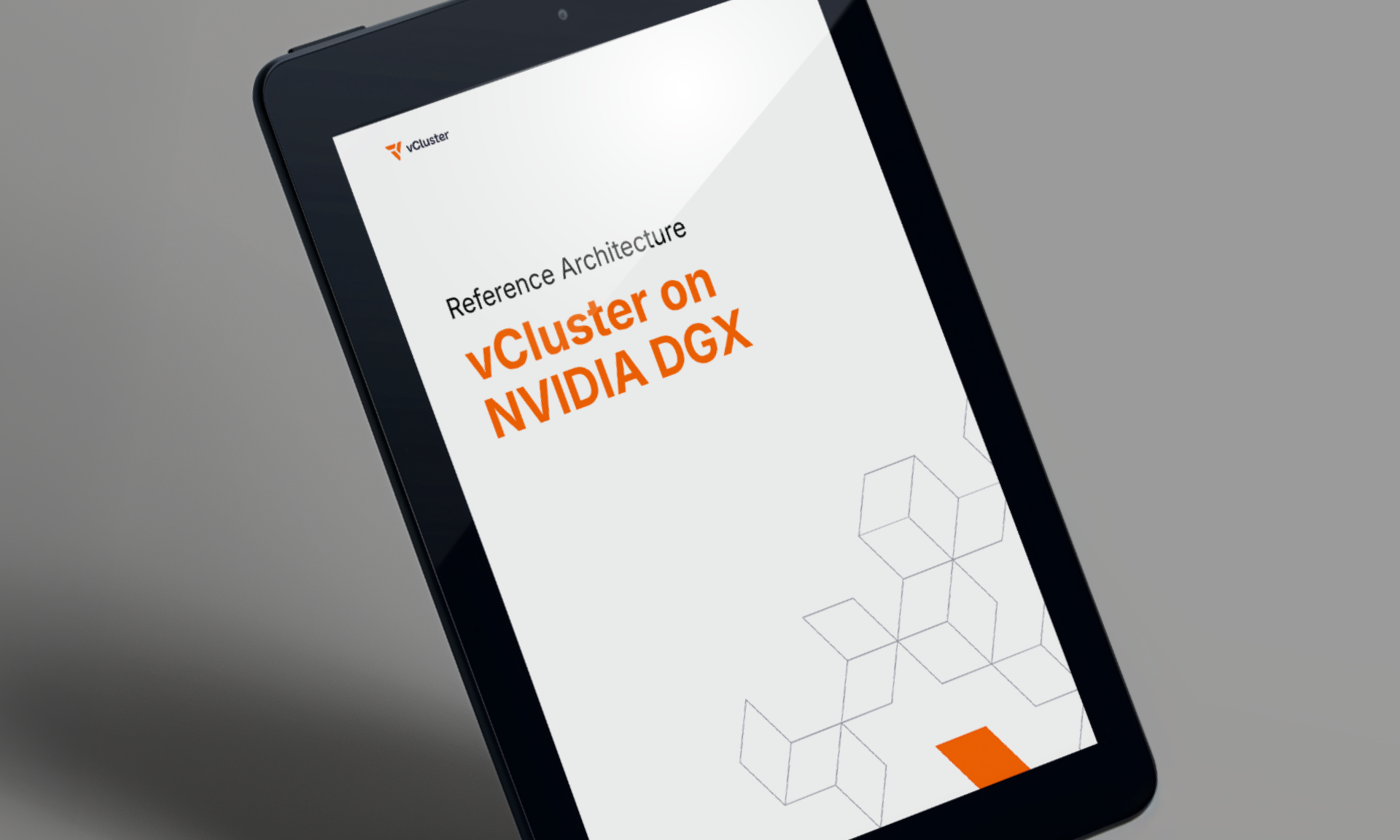Table of Contents
What the AI Infrastructure 2025 Survey Reveals, And How Platform Teams Can Respond
Kubernetes has become the backbone of modern AI infrastructure. But the latest findings from the AI Infrastructure 2025 survey make one thing very clear. Most organizations are not struggling because of GPU scarcity. They are struggling because they cannot use the GPUs they already have.
According to the survey, nearly 90% of teams cite cost or sharing issues as the top blockers to GPU utilization. These issues are symptoms of a deeper problem: limited multi-tenancy capabilities.
Below, we break down four of the most important data points from the survey and how stronger multi-tenancy models, including virtual clusters and virtual nodes, help organizations respond.
1. GPU Costs Are Sky-High, And Under-Utilization Makes It Worse
GPU availability is no longer always the bottleneck. Utilization is.
Despite substantial hardware investments, most organizations report that GPUs sit idle or underutilized because teams cannot access them when they need them. The survey’s top pain point, 54.5% citing cost as the biggest issue, reflects not just the price of GPUs, but the cost of wasted GPUs.
A single idle $10 per hour GPU running at 20% utilization wastes more than $70,000 per year.
How vCluster helps
vCluster improves GPU utilization by letting multiple teams share the same underlying cluster safely, each with its own isolated virtual Kubernetes control plane. That means:
Fewer idle GPUs
Better pooling and scheduling efficiency
The ability to right-size environments dynamically
Elimination of over-provisioned silo clusters
By consolidating environments into virtual clusters on shared hardware, organizations can finally use the GPUs they are already paying for.
2. Sharing GPUs Across Teams Is Still Painful, And It Shows
The second-highest challenge in the survey is sharing GPUs across teams, at 34.3%.
Most organizations want to consolidate infrastructure, not spin up cluster after cluster, but they still struggle with how to safely hand the same pool of hardware to multiple teams, workloads, or business units.
This is where Kubernetes namespaces are not enough.
How vCluster helps
vCluster brings true multi-tenancy to Kubernetes by providing:
A virtual control plane per team
Clean workload separation
Zero risk of tenants modifying global cluster resources
The ability to run different operators, admission controllers, CRDs, or policies per virtual cluster
Teams get autonomy. Platform engineers keep control.
And GPUs stop sitting idle because teams can finally use them without tripping over each other.
3. The Industry Wants Consolidation, But Not Without Isolation
One of the most telling findings in the survey is the preference for unified clusters with workload separation:
51% prefer training and inference running in the same cluster with node-level separation
Only 29% want completely separate clusters
Organizations want to consolidate, but they need isolation to do it safely.
How vCluster helps
vCluster supports consolidation and safe isolation by providing several clear tenancy options:
Virtual clusters that share the same underlying hardware while remaining fully isolated at the control plane level
Virtual nodes from vNode for stronger boundaries inside a shared node pool, providing per-tenant node-level isolation without sacrificing consolidation
Private Nodes for organizations that require dedicated nodes instead of a shared pool, ensuring strict physical separation
Auto Nodes to automatically assign, scale, and recycle dedicated nodes for each virtual cluster
vCluster’s tenancy options give platform teams flexible isolation choices that align with how the industry wants to consolidate.
4. Operational Maturity, Not Hardware, Is the Real Bottleneck
The survey also highlights how teams manage node lifecycles:
41% use dynamic node provisioning
27% still rely on manual orchestration
26% use blue or green migrations
This signals a maturity gap. Many teams have the hardware but are not ready to run it efficiently, especially when multiple tenants depend on the same infrastructure.
How vCluster helps
vCluster accelerates operational maturity by:
Decoupling tenant environments from the host cluster lifecycle
Allowing safe experimentation without risking production stability
Simplifying upgrades and node maintenance
Reducing the sprawl of cluster-per-team patterns that slow automation
Instead of wrangling dozens of clusters, teams can automate around a single consolidated control plane strategy.
The Real Takeaway: Multi-Tenancy Is The New Scale Strategy
The AI Infrastructure 2025 survey reveals a consistent pattern. High GPU costs, low utilization, sharing friction, inconsistent isolation, and uneven operational maturity all stem from a common issue. Kubernetes was not designed to be a multi-tenant AI platform out of the box.
Virtual clusters offer a practical way to introduce safe, scalable multi-tenancy to Kubernetes. They let organizations share infrastructure while preserving independence, reduce cluster sprawl, improve GPU utilization, and simplify operations.
The future of AI infrastructure will not be defined by who buys the most GPUs. It will be defined by who uses their GPUs the best. Multi-tenancy is how platform teams unlock that advantage.


.jpeg)

